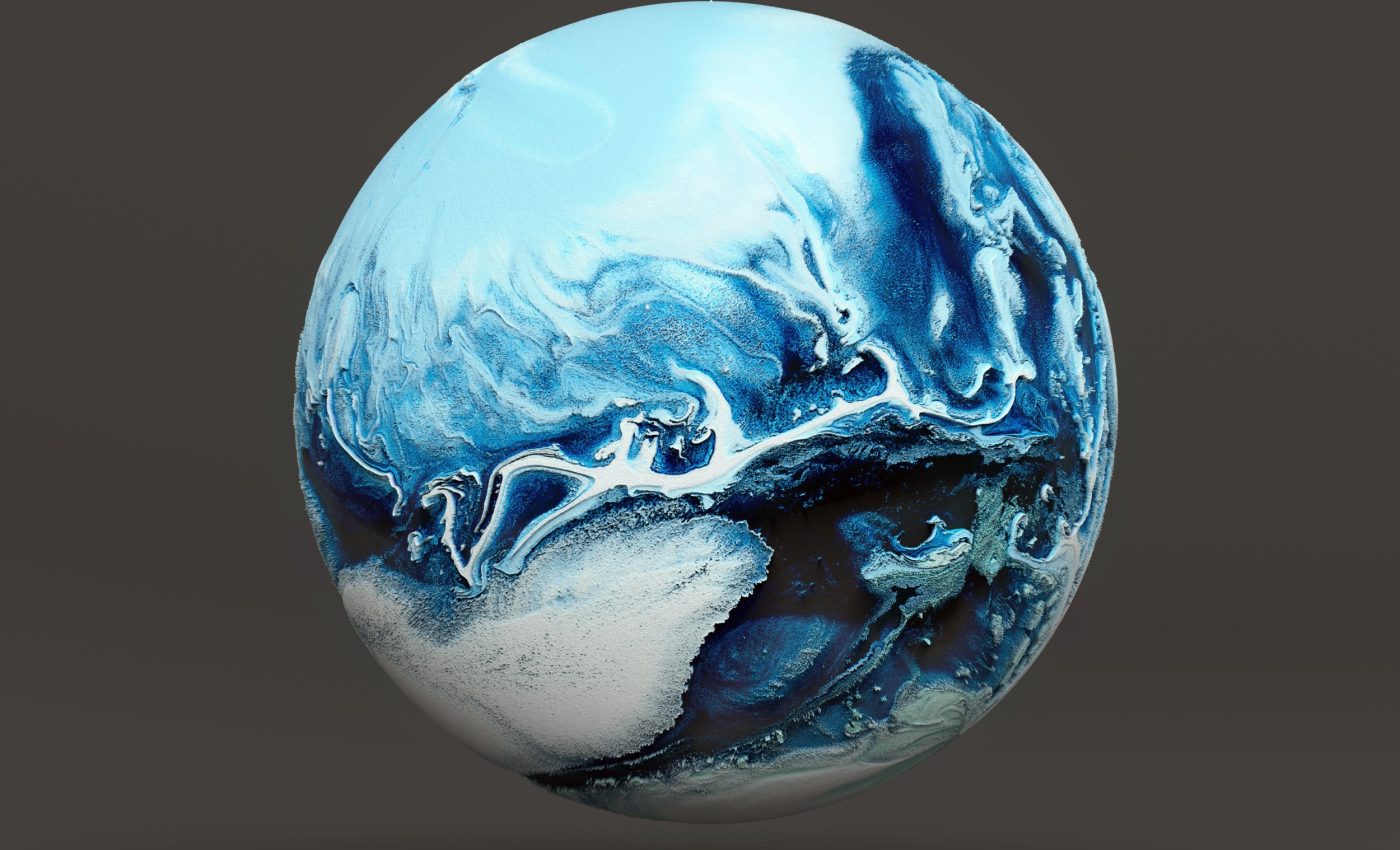
‘Snowball Earth’ event set the stage for complex life
Some of the most dramatic climate events in history are the Snowball Earth episodes, which occurred hundreds of millions of years ago. Nearly the entire planet was covered in ice up to a kilometer (0.6 miles) thick during these periods.
The rare Snowball Earth events did not follow regular cycles but lasted for millions to tens of millions of years before being followed by intense warming. Despite their significance, the details surrounding how these frozen periods ended are still not fully understood.
A new study led by the University of Washington (UW) offers a more complete picture of how the last Snowball Earth episode ended and sheds light on why it was followed by a major expansion of life, including the emergence of Earth’s first animals.
Changes in key Earth properties
The research, published in the journal Nature Communications, focuses on ancient rocks known as “cap carbonates,” which are believed to have formed as the planet’s ice sheets thawed.
These rocks provide clues about the state of Earth’s atmosphere and oceans roughly 640 million years ago – long before ice cores or tree rings could record such history.
Study lead author Trent Thomas is a doctoral student in earth and space sciences at UW.
“Cap carbonates contain information about key properties of Earth’s atmosphere and ocean, such as changing levels of carbon dioxide in the air or the acidity of the ocean,” said Thomas. “Our theory now shows how these properties changed during and after Snowball Earth.”
Formation of cap carbonates
Cap carbonates are layered limestone or dolomite rocks with distinct chemical properties. Today, they can be found in more than 50 locations worldwide, including places like Death Valley, Namibia, Siberia, Ireland, and Australia.
These formations are believed to have resulted from the melting of the ice sheets that once covered Earth, triggering significant shifts in atmospheric and oceanic chemistry. The unique sediments were then deposited on the ocean floor.
The rocks are called “caps” because they lie atop the glacial deposits left behind after the Snowball Earth events, and they’re classified as “carbonates” because they consist of carbon-containing limestone or dolomite.
Animals appeared after the last Snowball Earth
Understanding how these rocks formed helps clarify the carbon cycle during periods of dramatic climate shifts.
This latest study, which models these environmental changes, also provides clues about the evolution of life on Earth and explains why more complex life-forms emerged following the last Snowball Earth.
“Life on Earth was simple – in the form of microbes, algae, or other tiny aquatic organisms – for over two billion years leading up to Snowball Earth,” said senior author David Catling, a professor of earth and space sciences at UW.
“In fact, the billion years leading up to Snowball Earth are called the ‘boring billion’ because so little happened. Then two Snowball Earth events occurred, and soon after, animals appear in the fossil record.”
Chemistry of a snow-covered Earth
The new research offers a framework to explain how these two events may be connected. The study models the chemistry and geology during three distinct phases of Snowball Earth.
During the peak of the icy period, the thick ice sheets covering the planet reflected sunlight, though some open water allowed limited exchange between the ocean and atmosphere. Meanwhile, the cold seawater continued reacting with the ocean floor.
Over time, carbon dioxide built up in the atmosphere until it trapped enough heat to warm the planet and melt the ice.
Once this occurred, rainfall began again, and freshwater from glacial melt poured into the oceans, creating a layer of meltwater that floated on top of the denser, salty ocean water.
This layering slowed down ocean circulation. Eventually, ocean mixing resumed, allowing the upper ocean, deep ocean, and atmosphere to interact again.
Earth’s recovery from the Snowball period
“We predict important changes in the environment as Earth recovered from the Snowball period, some of which affected the temperature, acidity, and circulation of the ocean. Now that we know these changes, we can more confidently figure out how they affected Earth’s life,” noted Thomas.
The research team plans to continue exploring how pockets of life that may have survived during Snowball Earth’s tumultuous aftermath could have evolved into the more complex life forms that appeared shortly after.
—–
Like what you read? Subscribe to our newsletter for engaging articles, exclusive content, and the latest updates.
Check us out on EarthSnap, a free app brought to you by Eric Ralls and Earth.com.
—–













